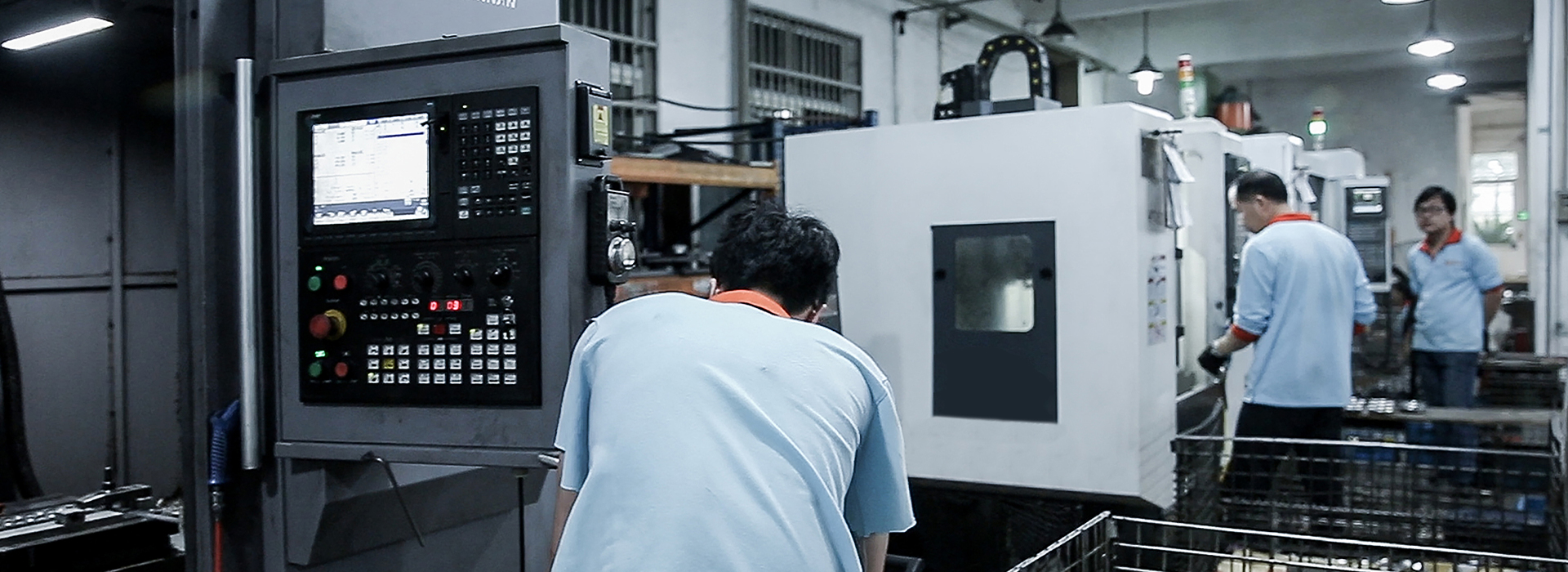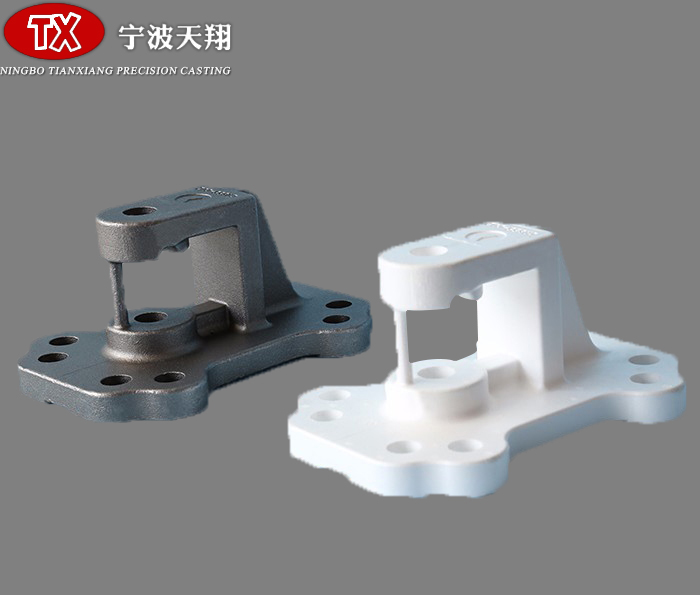
Gasoline distributor: distribute gasoline to high-quality zinc alloy die-casting parts. The lower part of the distributor is connected with fuel injection nozzle, which is blocked view.
Detailed explanation: when high-quality precision casting works in the engine, there is always a part of combustible mixture exhaust gas flowing into the crankcase through the piston ring. After the gasoline vapor flowing into the crankcase condenses, the engine oil will become thinner the performance will become worse. The waste gas contains water vapor sulfur dioxide, water vapor condenses in the oil to form foam, which destroys the oil supply. This phenomenon is particularly serious in winter. Sulphur dioxide generates sulphuric acid when it meets water, sulfuric acid meets the oxygen in the air to form sulfuric acid. These acid substances only deteriorate the oil, but also cause the parts to be corroded. As the combustible mixture exhaust gas flow into the crankcase, the pressure in the crankcase will increase, the engine oil will leak out the crankshaft oil seal, crankcase gasket other places. The oil vapor lost to the atmosphere will increase the air pollution of the engine. The above phenomena can be avoided alleviated if the engine is equipped with crankcase ventilation device. Therefore, the functions of the crankcase ventilation device of the engine are: 1. To prevent oil deterioration; 2. To prevent leakage of crankshaft oil seal crankcase gasket; 3. To prevent all kinds of oil vapor polluting the atmosphere. Crankcase ventilation includes natural ventilation forced ventilation. Modern gasoline engines often use forced crankcase ventilation, also known as PCV system. When the engine is working, the vacuum degree of the intake pipe draws fresh air into the cylinder head cover through the air filter air hose, then enters the crankcase through the holes on the cylinder head the engine body. After the fresh air crankcase gas are mixed in the crankcase, they enter the intake pipe through the cylinder head cover crankcase gas hose, then enter the combustion chamber through the intake valve to burn.
